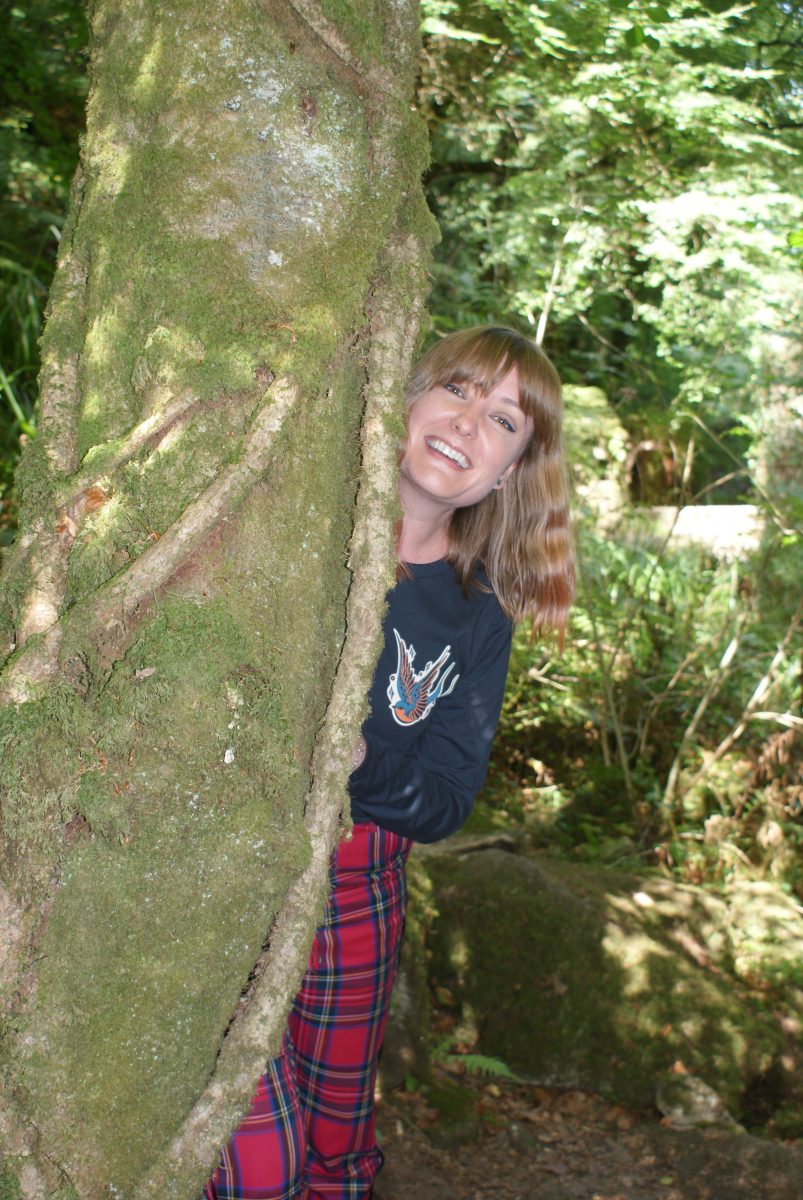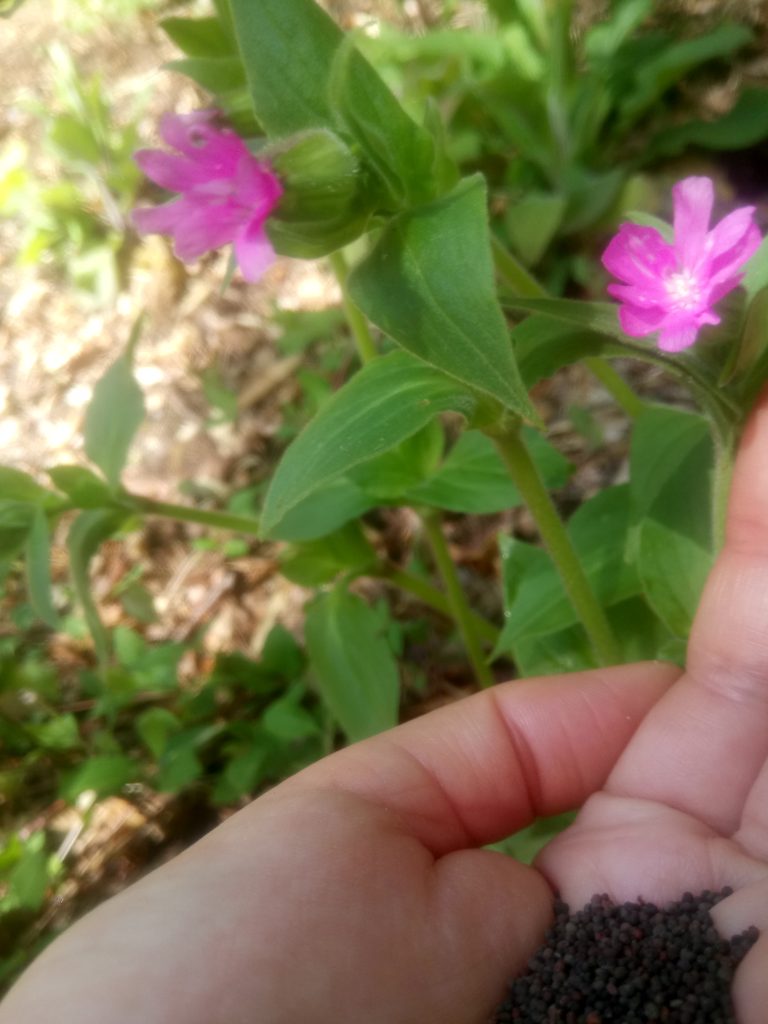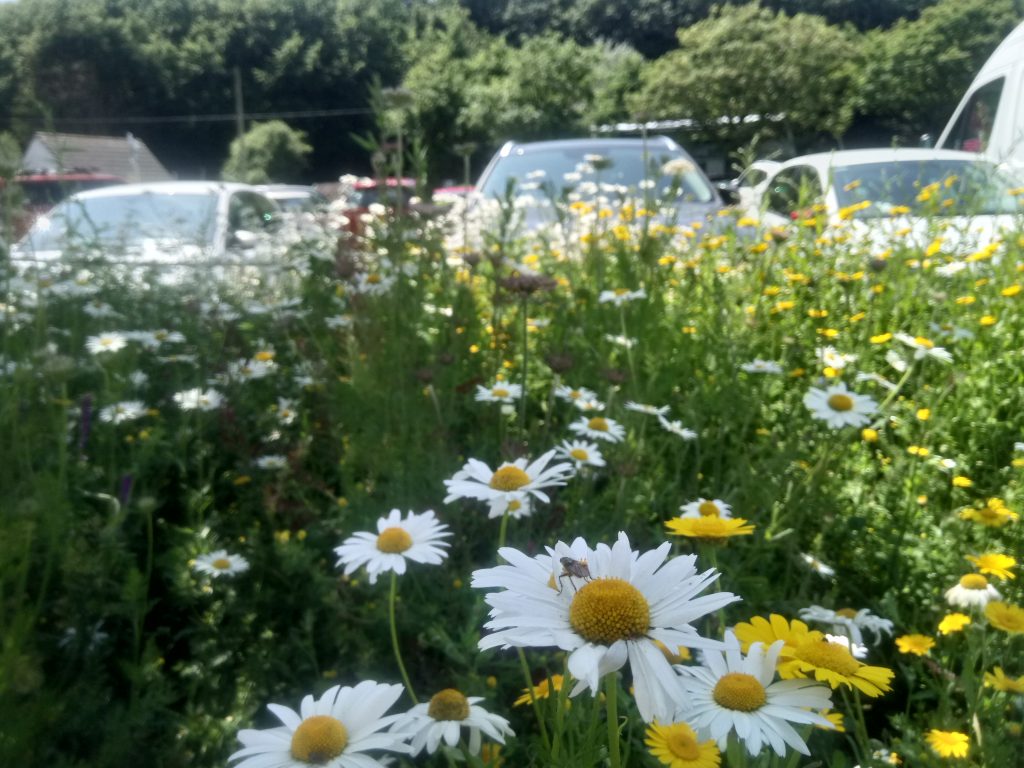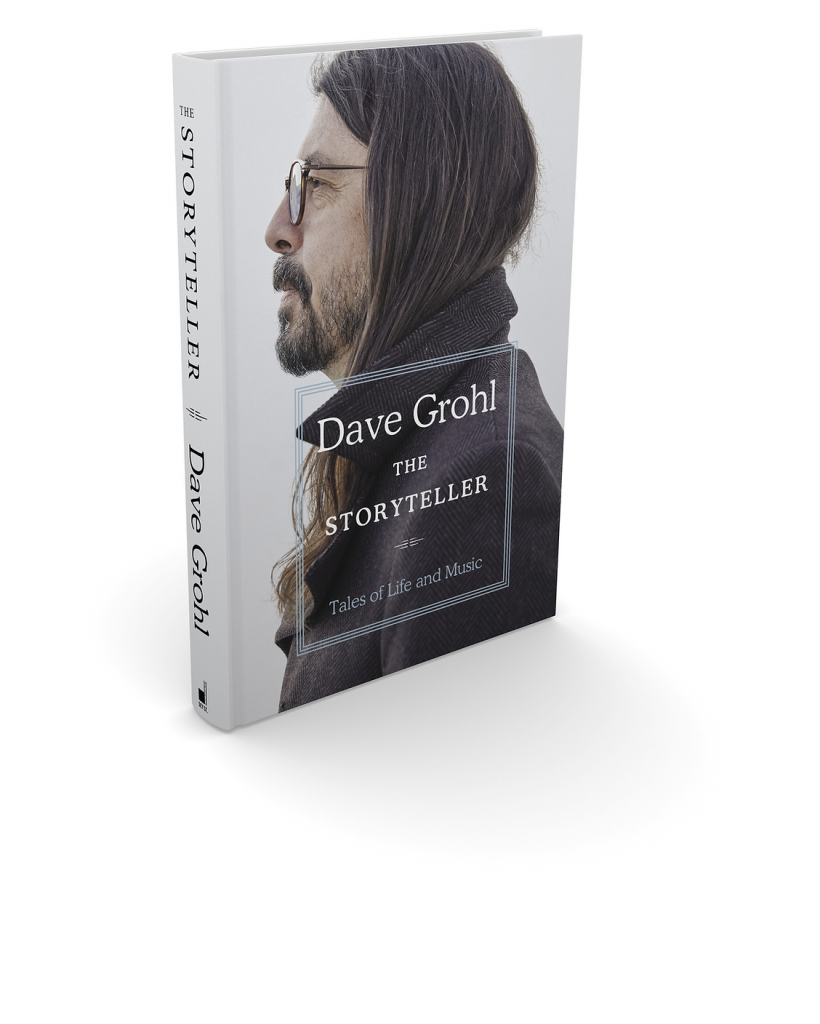Dr Grace Twiston-Davies – Director at Wildflower Collective which champions wildflowers to fight climate change, help pollinators and connect people to nature. Here Grace talks about the power of flowers, The Game of Drones and being wild about wildflowers.

What’s your favourite tree and why?
Black Lace Elderberry – Sambucus nigra ‘Black Lace’ – I’m obsessed with dark leaves and flowers, this has beautiful dark purple foliage and produces flowers that are great for pollinators and berries that are great for birds.
How can wild flower meadows help address climate change?
Wildflower meadows capture and store carbon – what’s brilliant is that because most of the carbon is locked away in the soil rather than in the vegetation (unlike trees). The carbon is safe from being released by natural disasters like fires or floods. Wildflower meadows are some of the most diverse habitats we have in Europe and this ‘biodiversity’ – the variety of life on earth, is essential to help us fight climate change. Wildflower meadows are our rainforests – can you believe they can harbour more plant biodiversity in small areas than tropical rainforests!
Why are wild flowers meadows under threat?
We have lost 97% of our wildflower meadows in living history. This is mainly because of changes in the way we use and farm the land. Wildflower meadows are essential homes for many important pollinators like honeybees, bumblebees, solitary bees and hoverflies etc who make sure our natural environment is healthy and that our crops are pollinated. So protecting and creating more wildflower habitats can help against the climate and environmental emergency and also food security.
Game of Drones – what’s that all about?
Well, that’s our project to find out how adventurous male honeybees (called drones) are. We’ve teamed up with the beekeepers and children on the Isles of Scilly to see where drone honeybees travel. The Isles of Scilly is an archipelago including 5 inhabited islands and provides a natural ‘science lab’. If we know how far honeybees are willing to travel we can estimate where they might be finding flowers to forage on. If we know where honeybees are foraging, we can manage our beekeeping sustainably. We want to help create more flower-rich spaces so then managed bees like honeybees can thrive along with wild bees like bumblebees and solitary bees. You can find out more at www.scillybees.co.uk
What’s next on your agenda?
I’m keen to bring together people who like us – are wild about wildflowers. So we’re currently working on a Podcast series to share hints and tips as well as stories of meadow making so we can help each other create more wildflower spaces.
Name one thing – big or small- that you feel ‘makes a difference’?
Where possible buy locally and ideally organically grown fruit, veg, meat and dairy.
In retrospect what one piece of advice would you have given to your teenage self?
Try not be so hard on myself and be a bit kinder to myself.
What’s your current favourite read?
I’ve just finished ‘The Storyteller’ by Dave Grohl – well written and has some brilliant anecdotes.






